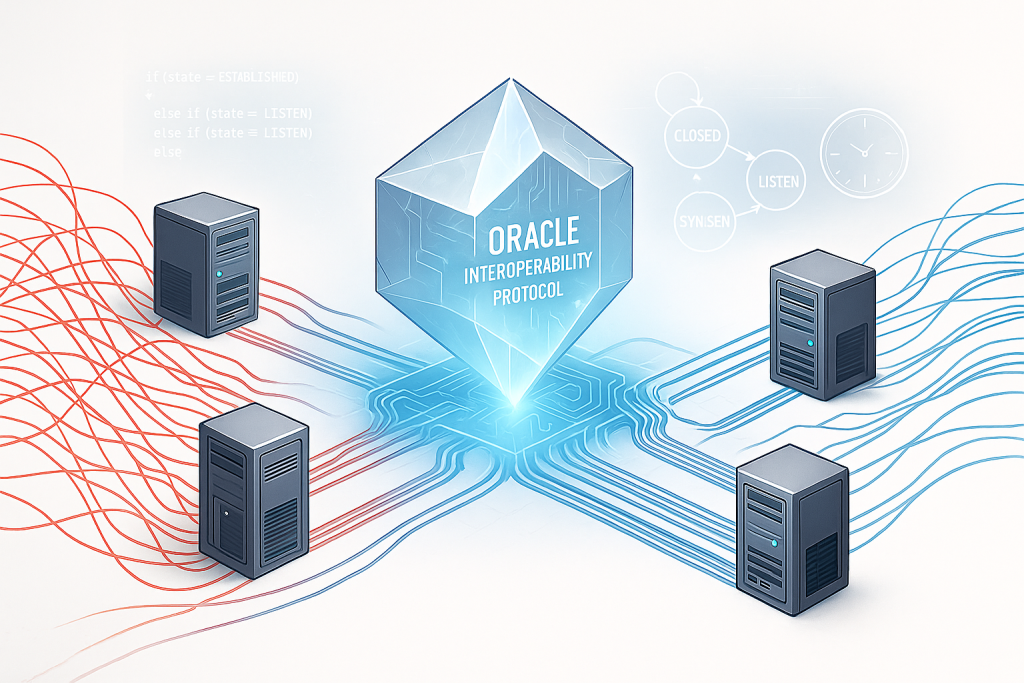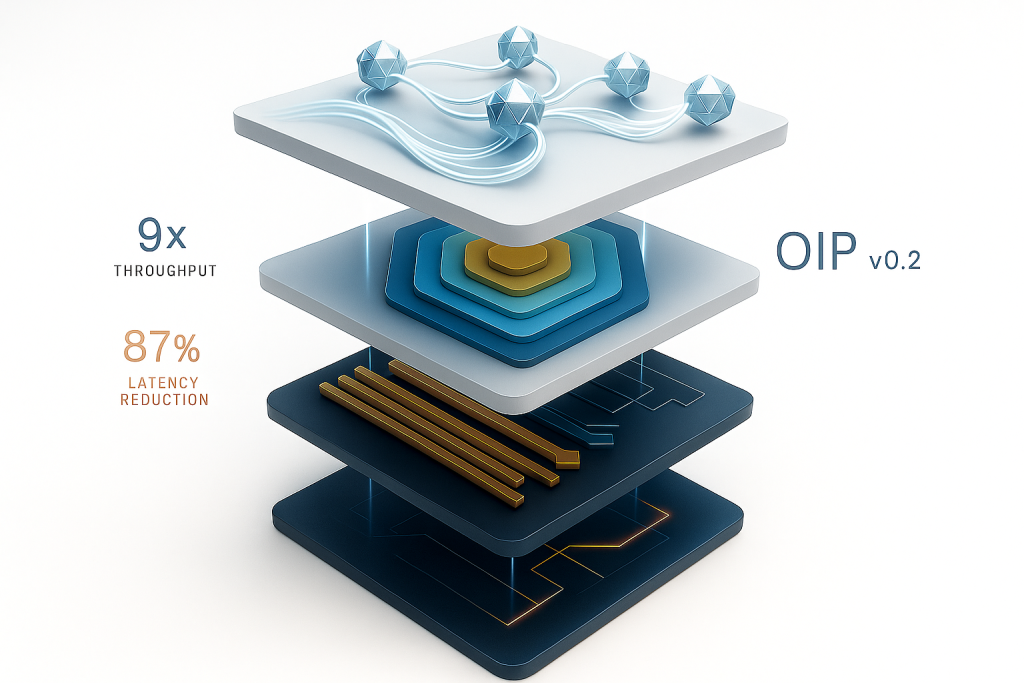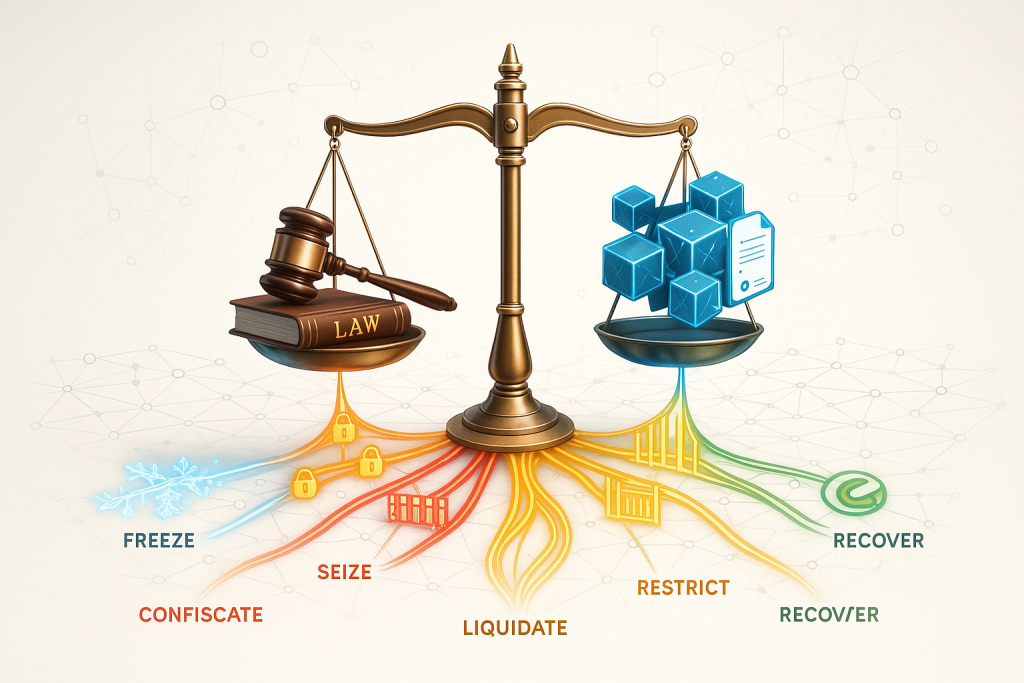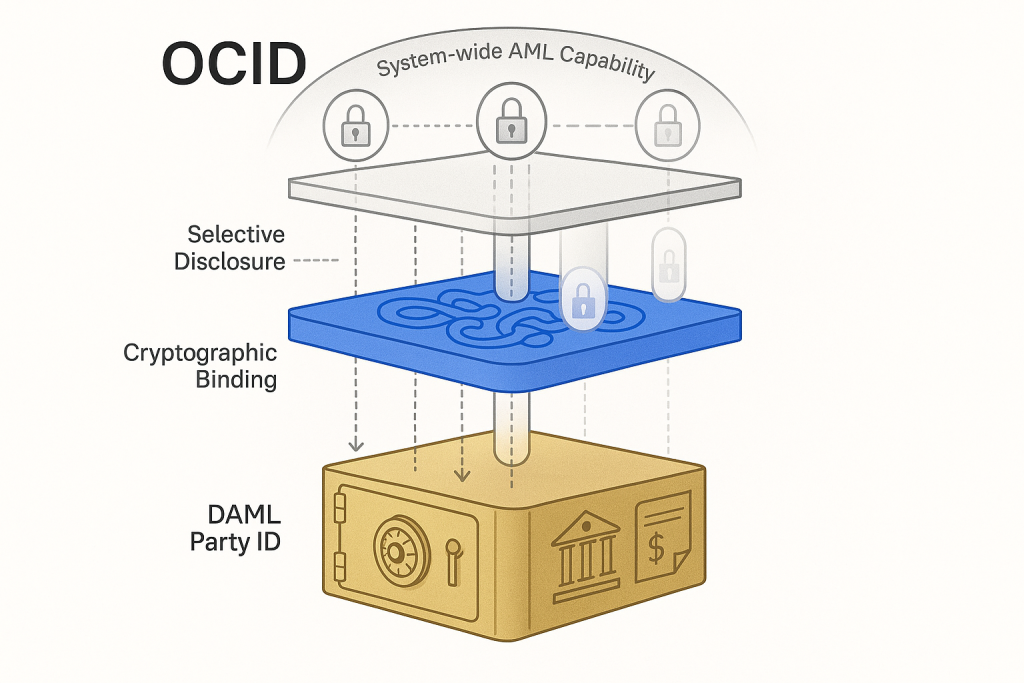TL;DR
State synchronization is a complex orchestration that goes beyond simple data transmission, and this cannot be realized without a systematic protocol. In computer engineering, a protocol defines a common language and agreed behavioral patterns between systems—this is especially true in environments like oracle state synchronization where heterogeneous on-chain and off-chain systems must maintain perfect consistency. The fundamental reason OIP (Oracle Interoperability Protocol) is necessary is that it must simultaneously satisfy four complex requirements: state atomicity, ordering guarantees, conflict resolution, and regulatory compliance. Just as complex negotiations in international diplomacy require sophisticated protocols, state synchronization in distributed systems also demands clear and verifiable rule systems.
The Protocol Imperative in Distributed Systems
To understand oracle state synchronization, we must first examine why protocols are necessary in computer engineering. A protocol is not simply a communication convention. It is the fundamental mechanism that makes distributed systems operate as one coherent whole.
What engineers realized during the development of ARPANET in the 1960s was that simply connecting computers with wires wasn’t enough for them to communicate. They needed clear rules for message structure, timing, error handling, and exceptional situations. This was the birth of protocols.
“Protocols are to communication what algorithms are to computation.”Internet Protocol Suite Development Documentation
This quote precisely captures the essence of protocols. Just as algorithms define computational processes, protocols define communication processes. And in oracle state synchronization, we need both.
The Unique Challenges of State Synchronization
The problems faced by traditional oracles were relatively simple. They just needed to fetch external data and deliver it to the blockchain. But state synchronization is a fundamentally different challenge.
1. State vs. Data: The Fundamental Difference
Data is static. Information like “Current BTC price is $50,000” is a snapshot of a moment. But state is dynamic and represents a complex set of relationships that evolve over time.
For example, the state of a tokenized Treasury bond includes:
- Current owner
- Collateral status
- Regulatory restrictions
- Time to maturity
- Interest payment history
- Cross-chain location
All these elements are interdependent and must be updated atomically. If even one fails to synchronize, the consistency of the entire system breaks down.
2. The Byzantine Reality of Multi-System Coordination
In distributed systems theory, the Byzantine Generals Problem deals with consensus among untrusted participants. Oracle state synchronization faces an even more complex challenge:
- DAML-based private systems
- Various EVM chains
- Traditional financial system APIs
- Regulatory intervention systems
Each of these has different concepts of time, transaction models, and failure modes. Coordinating them without a protocol is like conducting an orchestra without a conductor.
Engineering Foundations: Why Protocol Architecture Matters
The Layered Abstraction Necessity
The OSI 7-layer model succeeded in networking because it decomposed complexity into manageable layers. OIP takes a similar approach but reflects the unique nature of state synchronization:
┌─────────────────────────────────────┐ │ Application Layer (DeFi, RWA) │ ├─────────────────────────────────────┤ │ State Management Layer (OIP) │ ├─────────────────────────────────────┤ │ Consensus Layer (D-quencer) │ ├─────────────────────────────────────┤ │ Network Layer (Cross-chain) │ └─────────────────────────────────────┘
Each layer has clear interfaces and responsibilities. This is not just for clean design but an essential element for verifiability and composability.
Protocol as a Contract: The Formal Methods Perspective
In computer science, formal verification is a method of mathematically proving that a system operates according to its specification. Protocols enable such verification.
$$ State_n+1 = Protocol(State_n, Event, Context) $$This simple formula encapsulates the essence of OIP. Given the current state, an event that occurred, and context (such as regulatory requirements), the protocol deterministically defines the next state.
The Four Pillars of Protocol Necessity
1. Atomicity: All or Nothing
Atomicity, the first of the ACID properties in database theory, is particularly crucial in state synchronization.
Imagine a Korean investor trying to purchase U.S. Treasury bonds on Arbitrum. This transaction involves:
- Treasury bond ownership transfer in the DAML system
- USDC payment on Arbitrum
- Regulatory compliance check
- KYC/AML verification
All of this must execute as one atomic transaction. The protocol defines 2-phase commit or saga patterns for this.
2. Ordering: The Sequence Matters
Event ordering in distributed systems is a notoriously difficult problem. Just as Einstein’s theory of relativity revealed the relativity of time, in distributed systems, “simultaneity” differs depending on the observer.
OIP establishes global ordering using Lamport timestamps and vector clocks:
type StateTransition struct {
LogicalClock uint64
VectorClock map[string]uint64
CausalDeps []TransitionID
}
Without such mechanisms, we cannot prevent double-spending or state conflicts.
3. Conflict Resolution: When Worlds Collide
What happens when different systems attempt conflicting updates to the same asset?
Traditional databases use pessimistic locking, but this isn’t practical in distributed environments. OIP combines optimistic concurrency control with conflict-free replicated data types (CRDTs) principles:
impl ConflictResolver for OIPState {
fn resolve(&self, local: State, remote: State) -> State {
match (local.version, remote.version) {
_ if local.regulatory_lock => local, // Regulatory takes precedence
_ if remote.timestamp > local.timestamp => remote,
_ => self.merge_states(local, remote)
}
}
}
4. Regulatory Compliance: The Non-Negotiable Requirement
Beyond technical requirements, regulatory compliance must be guaranteed at the protocol level. This is not optional.
Suppose the U.S. SEC issues a FREEZE order for a specific asset. This order must:
- Execute immediately on all relevant chains
- Take priority over other transactions
- Leave an auditable log
Without a protocol, such requirements cannot be implemented in a consistent and verifiable manner.
The Protocol Design Philosophy
Beyond Message Passing: State as First-Class Citizen
Traditional network protocols focus on message passing. TCP ensures packets arrive in order, and HTTP defines request-response patterns.
But OIP is different. Here, state itself is a first-class citizen:
interface OIPProtocol {
// Not just message passing
sendMessage(msg: Message): void;
// But state-centric operations
captureState(source: System): State;
validateTransition(from: State, to: State): boolean;
proveTransition(transition: StateTransition): ZKProof;
synchronizeState(state: State, targets: System[]): void;
}
This paradigm shift is fundamental. We’re no longer just moving data—we’re evolving and synchronizing state.
The Invariant Preservation Principle
Good protocols preserve invariants. The core invariants in OIP are:
- Conservation of Assets: Assets only move, they are not created or destroyed
- Regulatory Monotonicity: Regulatory constraints can be relaxed but not retroactively applied
- Causal Consistency: Causally related events are processed in the correct order
The protocol must guarantee these invariants across all possible execution paths.
Engineering Challenges: The Devil in the Details
The State Explosion Problem
State space grows exponentially. With n assets and m chains, possible state combinations are O(2^(n×m)).
The protocol uses state pruning and merkle proof techniques to manage this:
type StateTree struct {
root Hash
depth uint
pruneAge Duration
}
func (st *StateTree) Prune() {
// Remove states older than pruneAge
// But keep merkle proofs for verification
}
The Synchronization Latency Trade-off
Immediate synchronization is ideal, but in reality, we must deal with the latency-consistency trade-off.
Just as the CAP theorem states we can only choose two of consistency, availability, and partition tolerance, in state synchronization we have:
- Strong consistency: High latency, perfect synchronization
- Eventual consistency: Low latency, temporary inconsistencies allowed
- Causal consistency: Middle ground, only causal relationships guaranteed
OIP provides tunable consistency, allowing applications to choose based on their needs.
Real-World Implementation Insights
The most important lesson our team learned implementing OIP was the gap between theory and practice.
The Timeout Dilemma
Setting timeouts in distributed systems is an art. Too short leads to false negatives, too long freezes the system.
const TIMEOUTS: TimeoutConfig = TimeoutConfig {
state_capture: Duration::from_secs(5),
proof_generation: Duration::from_secs(30),
cross_chain_sync: Duration::from_secs(60),
regulatory_action: Duration::from_millis(100), // Highest priority
};
The Partial Failure Recovery
No system is perfect. Protocols must gracefully handle partial failures:
- Compensation logic: Compensating transactions to reverse failed operations
- Circuit breakers: Circuit breakers to prevent cascading failures
- Graceful degradation: Graceful degradation maintaining only core functionality
The Future of Protocol-Driven Architecture
The need for protocols in oracle state synchronization goes beyond simple technical requirements. It represents a blueprint for the future of distributed systems.
Protocol as Code: The Executable Specification
In the future, protocols themselves will become executable code. Tools like Protocol Buffers and OpenAPI already point in this direction.
In the next version of OIP:
protocol StateSync {
invariants {
assert sum(assets) == constant;
assert regulatory_constraints.monotonic();
}
transition captureState {
pre: source.isValid()
post: state.hash == merkle(source.data)
}
}
The Composability Revolution
When protocols are clearly defined, composability becomes possible. Like DeFi’s Money Legos, state synchronization can also become composable blocks.
Conclusion: The Protocol as Foundation
In software engineering, we often talk about finding “the right level of abstraction.” In oracle state synchronization, that level is the protocol.
Without a protocol:
- Interoperability between different systems is impossible
- We cannot verify the correctness of state transitions
- We cannot consistently apply regulatory requirements
- System scaling and evolution become impossible
OIP is not just a technical specification. It is a bridge connecting on-chain and off-chain worlds, and this bridge must be built on the solid foundation of a protocol.
As the history of computer science shows, great systems are built on great protocols. Just as TCP/IP made the Internet possible, OIP will enable true state synchronization.
References:
[1]. Lamport, L. (1978). Time, Clocks, and the Ordering of Events in a Distributed System. Communications of the ACM, 21(7), 558-565.
[2]. Shapiro, M., Preguiça, N., Baquero, C., & Zawirski, M. (2011). Conflict-free Replicated Data Types. https://hal.inria.fr/inria-00609399/document
[3]. Brewer, E. (2000). Towards Robust Distributed Systems. Proceedings of the Annual ACM Symposium on Principles of Distributed Computing.
[4]. van Renesse, R., & Schneider, F. B. (2004). Chain Replication for Supporting High Throughput and Availability. OSDI’04: Proceedings of the 6th Conference on Symposium on Operating Systems Design & Implementation.
[5]. Bernstein, P. A., Hadzilacos, V., & Goodman, N. (1987). Concurrency Control and Recovery in Database Systems. Addison-Wesley.
[6]. IEEE Computer Society. (2008). IEEE Standard for Floating-Point Arithmetic. IEEE Std 754-2008.





